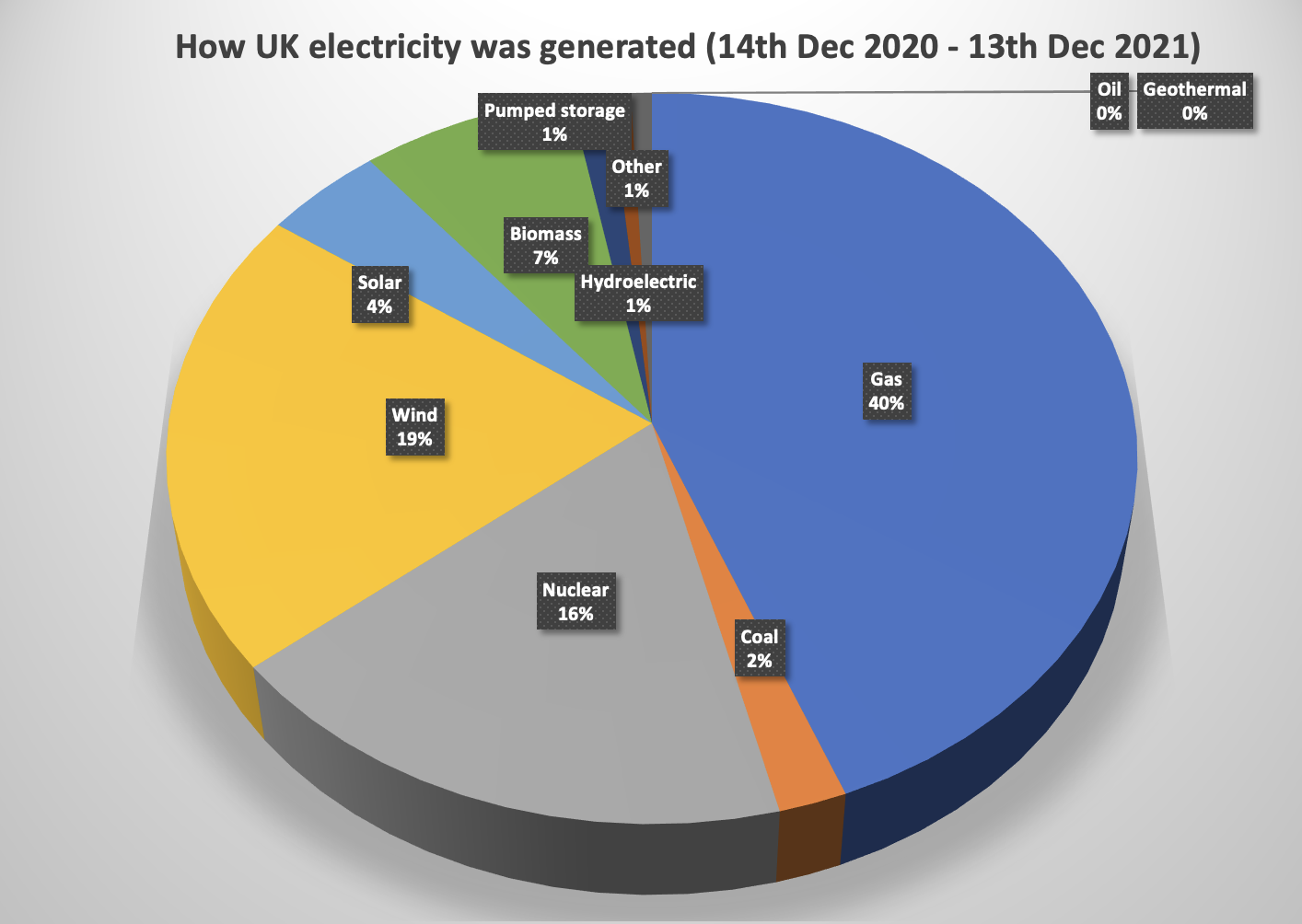4.1 – Inside a power station
![]() Allow about 10 mins
Allow about 10 mins
No matter what the energy resource is, nearly all power stations run on the same principle for the final step – a physical process to spin a turbine and drive a generator.
|
Oil |
is burnt in a furnace. |
This heats water in a boiler to produce steam
|
which spins a turbine, |
turning a generator, creating electricity. |
|
Coal |
||||
|
Biomass |
||||
|
Nuclear |
reactors use uranium fission. |
|||
|
Gas |
is burnt in a compressor |
|||
|
Geothermal |
uses |
steam |
||
|
Wind |
is |
fast moving air |
||
|
Pumped storage |
uses |
water flowing downhill |
||
|
Hydroelectric |
uses |
|||
The notable exception is solar cells (or photovoltaic cells) which do not require a generator.
|
Photovoltaic cells directly convert light into electricity. |

There are lots of good ways you can help students to understand the physical processes involved in each step.
Steam engine
Many schools have got a small steam engine which can show the process of heating water turning into motion. If this is directly connected to a generator, it can show something that is analogous to the whole electricity generation process. Although, it should be noted that a steam engine does not use a turbine to generate circular movement from the steam.

“A twin cylinder stationary engine with dynamo and bulb, (Forward running only). Demonstrates the principal of change from steam power to electricity.”
Turbines
Students can be asked to build their own turbine. They can build a simple example out of paper:
https://www.easy-crafts-for-kids.com/paper-windmill.html
It is also possible to build one out of a small sheet of copper. Use a square sheet around 4cm wide, with four snips taken out, and then the blades bent. This has the advantage that it can be used with a source of steam and will spin.
Mindsets have an example wind turbine that is flexible in its design. By using it next to a fan students can perform investigations to see if they can optimise it by adjusting the number of blades, the angles of them, etc.
Hero’s engine

“The classic apparatus to demonstrate energy conversion from heat to kinetic and also Newton′s 3rd Law. The glass vessel is mounted in the metal stirrups which allow free rotation. Heating water in the vessel forces steam out of the opposing jets which in turn causes the vessel to rotate. First described by Hero of Alexandria around 60 A.D.”
Description and images of Hero’s engine and the steam engine © Breckland Scientific.
Generators and the National Grid
Generators and the National Grid are considered in more detail in the Electricity and Magnetism module (6.2 – Generators and microphones, 7.3b – National Grid).
Spend ten minutes having a look through the prep room/talking to technicians to see what kit you that can be used to teach about energy resources. Post any successes or questions to your blog.
4 – Introduction: energy resources
